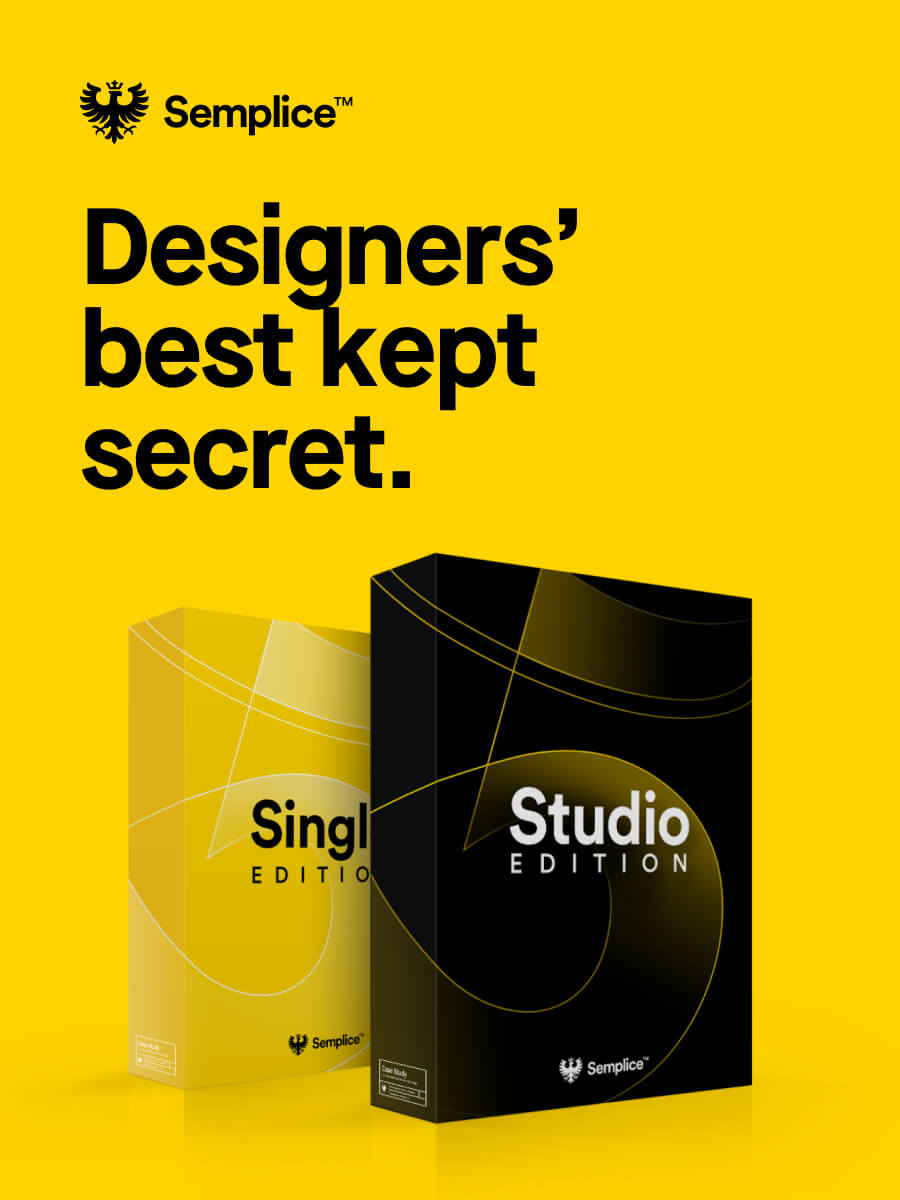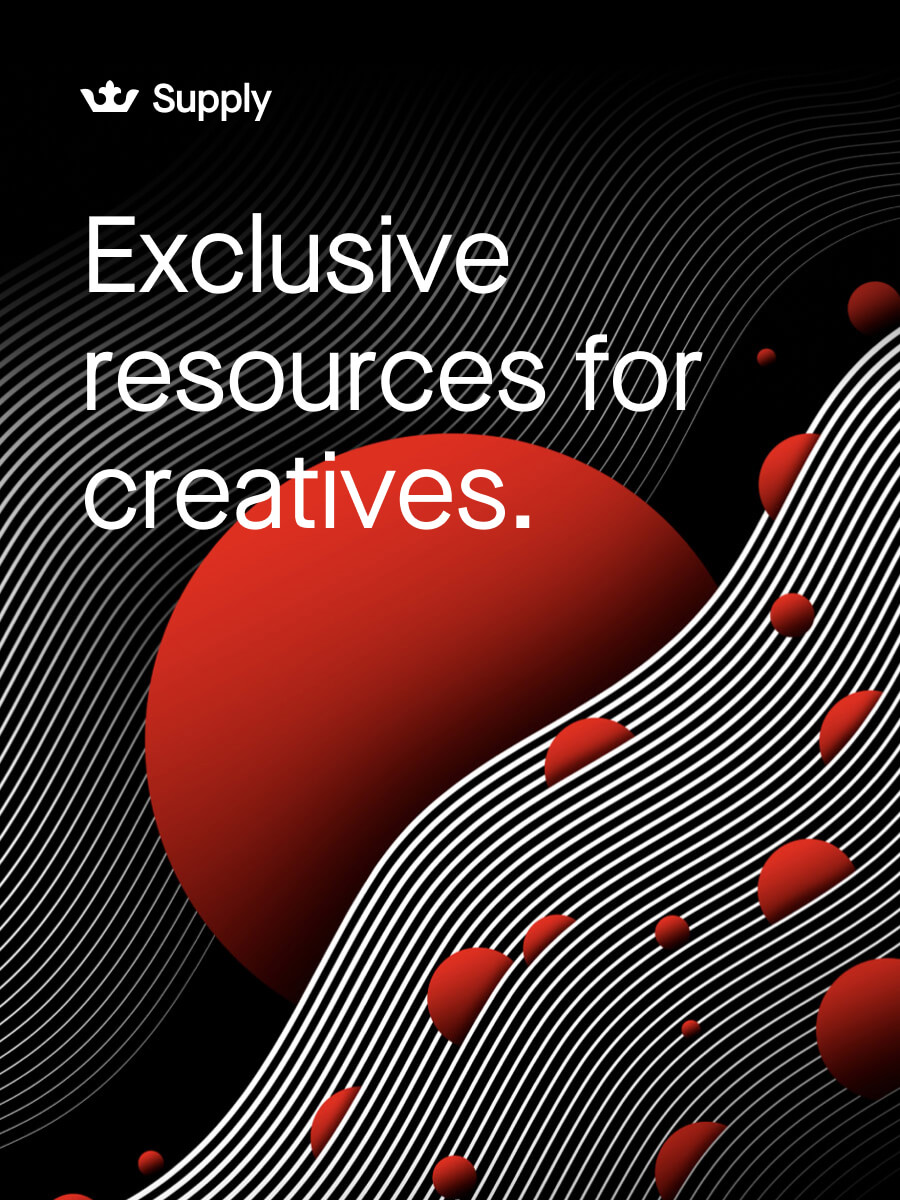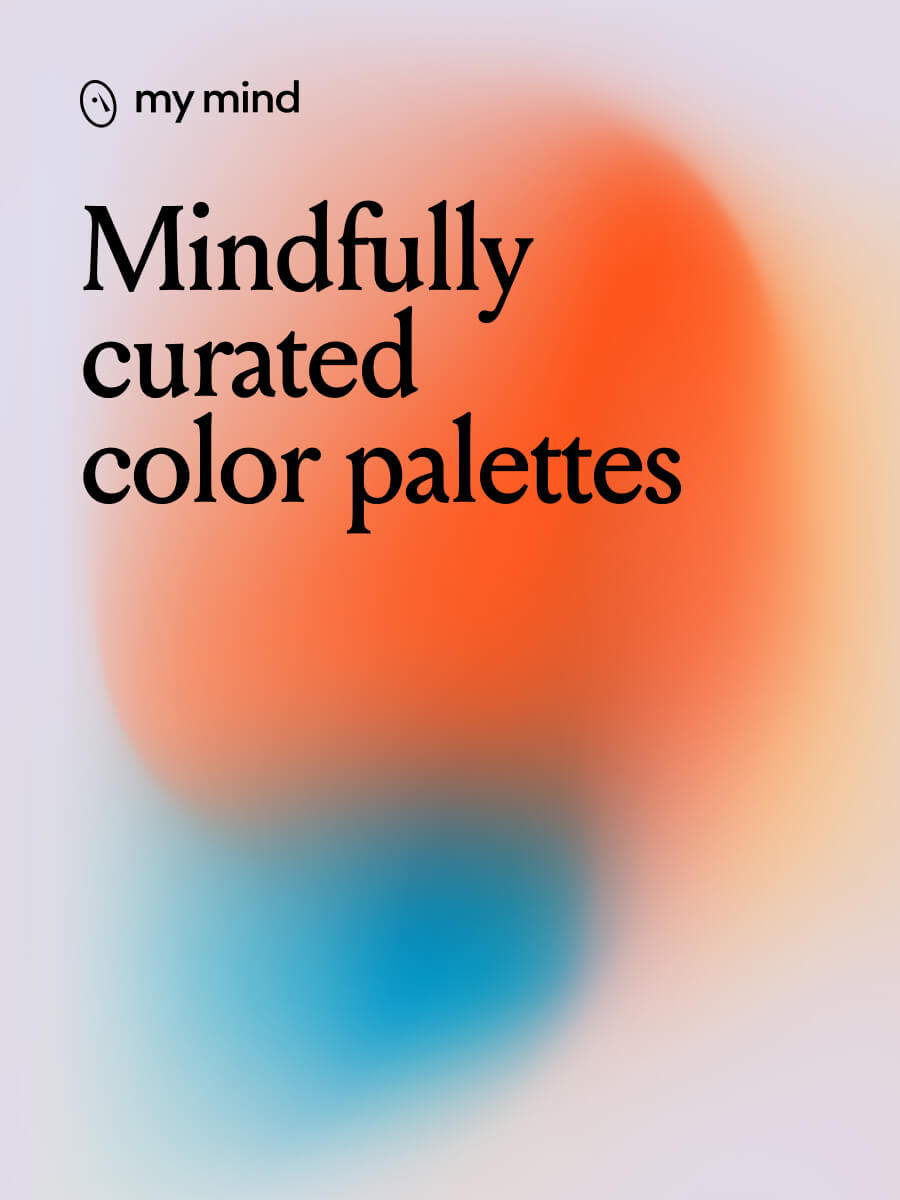How to Get a Job at InVision
Published
If you're a designer, you probably use InVision. If you don't, you probably should. The platform allows you to share your work visually, communicate and collaborate more efficiently and better manage your workflow. It basically simplifies your entire project.
As you can imagine, the team behind InVision is pretty unique in itself too. InVision is a fully distributed team, meaning everyone works remotely from all over the world. I was curious to hear how that plays into the hiring process and was lucky enough to talk with three members of the marketing design team about how we might get the chance to work with them. Meet Aaron, Luisa and Jared.



First, please tell us a little about yourself and what you do at InVision.
AARON: My name is Aaron. I’m the VP, creative director at InVision living in Escondido, CA. I’ve been at InVision for just over four years now. I was hired as the first designer to focus on brand and marketing design. Today we have seven designers on the marketing design team. My responsibilities are to lead the marketing design team in all of our branding and communication design from our core products to content identities and campaigns.
LUISA: My name is Luisa. I’m a Mexican American designer living in Oakland and working for InVision. My title is technically brand designer but I do web design for the marketing team.
JARED: Hey there, I’m Jared! I’m a senior brand designer living in Pensacola, Florida. I’ve been with InVision for about two and a half years now. I started here as a multidisciplinary designer and recently started leading the branding initiatives as a senior brand designer. I’m involved in anything from strategy, designing, art direction to helping the brand team scale as we need.

Okay, first question we always ask: Looking at your current design team, how many of them came through internal referrals or headhunting, and how many came through the traditional application process?
AARON: All the designers we've hired came through referral or me simply searching for talented designers and reaching out to them individually. I will search places like Behance or Dribbble, or ask friends in the design community for recommendations. I find this to be the most effective way to find and hire talented designers.

Say we decide to reach out with a cold email. What kind of message gets a reply? Any secrets for us?
JARED: A cold email without an open position might not land you position on the team right away. However, we’re always looking for humble and talented designers. Sometimes we don’t know how quickly we will need to scale, so it’s great to make connections early on.
LUISA: I guess it really depends on who you reach out to and with what intention. A few friends of friends have reached out to me who are curious about what it’s like to work remotely. I’ll usually talk with them. I’ve also had a few people looking for career advice and I’ll try and talk with them as well. If people reach out with specific questions I’m generally happy to answer — I usually give them my phone number and ask them to give me a call. Typing out long answers requires more effort than a phone conversation and I also like that it shows effort on their part. It’s easy to email a stranger with a bunch of questions. It’s not so easy to pick up the phone and call a stranger.

How important is a complete portfolio? Can I get away with not having a portfolio when interviewing at InVision?
AARON: A portfolio is a must have. I won't consider a candidate for an interview without one. When I say “portfolio” it doesn’t have to be a fancy website either. Actually, I recommend using places like Dribbble or Behance to build your portfolio. It’s much easier for us to find you. Fill it with a variety of work, work you want to be hired to do. Showing your thinking process is important too. If you can show how you went from challenge to solution, that is a big plus to me.
JARED: When I joined, I had a portfolio that showcased the work I felt strongly about. I don’t think having a formal portfolio put together is necessary as long as you have a great representation of your work. However, a complete portfolio — one with information about your role and the challenges / goals / approach you took — can give you an upper hand in the hiring process. It’s essentially your first impression. How you communicate about and present your work is an extremely important part of being a designer. Portfolios tend to get passed around from person to person when hiring, which makes it easier on the people involved in decision making. The more you can do to make hiring you a no brainer, the better.


Tell us one thing you never want to see again on a portfolio. Anything you wish you saw more?
AARON: I mentioned it above but show your process. What I want to see more of is how you arrived at that design solution. Sketches, wireframes, unused design concepts, etc. That is the work. The final design is just the end of that entire design process. Getting to see that thinking and decision making is a big differentiating factor when deciding on who to hire.
LUISA: For me it’s more about how people talk about their work. If they don’t show much process but can speak in an articulate fashion about it, that’s great. If it’s all spec work and nothing that’s ever shipped, that can be worrisome. I like it when people show some of their personality in their portfolios but it’s a balancing act — too much and someone comes off as self-centered, not enough and a portfolio can feel dry.
JARED: It really bothers me when I see a designer who doesn’t explain what their role was in a project that wasn’t executed by just themselves. Giving appropriate credit to what you did is not only the ethical thing to do, but shows a selfless demeanor — which is a must-have trait in a remote team environment.

Besides having a portfolio, do you like the idea of designers being invested in other interests? For example being active bloggers or otherwise outspoken in their community?
JARED: For me, that’s not a make or break quality for us when hiring, although the drive to learn and push yourself is. The more our team is apt to learn (whether its inside or outside the design industry) the more our team will benefit. Everyone on our design team is encouraged to have their own voice and opinions. I believe that trait makes us a stronger team and produces a better end-product.

Let's say I make the first pass and get invited to an interview (lucky me). Can you describe the interview process as briefly as possible?
JARED: Our interview process generally involves a few conversations with different people from the design team who are involved with the role you’re applying for. So for example, if you were invited to interview for a brand design position, you’d more than likely talk to me, Aaron (our creative director), and another executive from our marketing team. Depending on everyone’s schedule, the number of applicants and the urgency to add another member to our team, the interview process could last anywhere between a few weeks to a month and a half.
We would start with a pretty casual conversation over a video call. We’d love to hear about your work, who you are, your goals and any questions you might have for us. Getting to know you during this time is very important to us — a cultural fit is a must since we’re a remote company. Usually during this call, we will give you a design challenge for you to complete in a reasonable timeframe (we get that people are busy with work, families and other obligations). We’ll have another conversation where you will present your work. We will have follow up call for you to present your findings. If we like what we hear and see, you’ll move forward to have at least one more conversation with an executive to make sure culturally we all feel you’ll be the right fit for us.
"You have check the ego at the door — life is too short to work with an asshole."

Would InVision hire someone who is a cultural fit over someone who has more industry experience and hard skills?
AARON: The answer you are not looking for is we want both, but if I had to choose I would lean on being a culture fit. Our team is full of talented designers; we are learning from each other, pushing each other and growing constantly. So the hard skills are constantly being sharpened here. The culture fit is crucial coming into InVision. We respect each other and have a very collaborative environment. We make design decisions together here. You have to be able to check the ego at the door — life is too short to work with an asshole.
LUISA: Part of what makes a remote company work is that people must work very well together and independently, which translates into strong hard skills and strong interpersonal skills.

What are the biggest mistakes you see designers make when applying for a job at InVision? Are there any specific things that keep bothering you? Please complain to us!
AARON: What I see a lot is that nerves or whatever keeps people from showing their real personality. Just be genuine, be yourself. I am reviewing you just as much as your work and design thinking. It’s important to relax and present yourself as genuinely as you can.
I like to keep interviews really casual and conversational. I am looking to see if you would fit culturally into our team. As I've mentioned, it's crucial for us to get a real sense of your personality. Remember it’s just a conversation with another human being. Be confident in your work and abilities, and be confident in who you are as a person. Take a deep breath, smile and have an awesome conversation. It will go a long way.


On a current InVision design job description, it says SaaS experience is a big plus. What are the secondary skills InVision looks for in a designer, besides common soft skills?
LUISA: People who think about the design beyond just the design team — how it can tie in with business goals, how to design in a way that can scale (design systems). Probably all the same things every company is looking for beyond being good and nice.
JARED: While it might be considered a common skill, designers who can explain the decisions behind their work — written and verbally — and take egoless feedback is a big plus for us. Being remote requires a lot of communication. While over-communication is better than no communication, effective communication tops it all.

I’ve read the design team at InVision is pretty small. How often do new design positions open up?
AARON: Yes we have a smaller design team on the marketing side. Just seven of us right now. We plan to add to our team in 2018 but probably only by a couple. Having a smaller team allows us to work on lots of different things. The product design team here at InVision is much larger and has more openings more often, if you are looking for a product design job.

"There are talented designers living all over the world. We have the unique opportunity to scout talent from anywhere."
How do you think InVision is different when hiring new talent compared to other tech companies or design studios?
AARON: Our hiring is a lot different than most tech companies since we are 100% remote. We don't have to rely on designers that just live in SF or NYC. There are talented designers living all over the world. We have the unique opportunity to scout talent from anywhere. It's great for us because the talent pool is much larger and great for the designer because they don't have to move to the Bay Area to get a great design job. It’s really a win/win situation.

LUISA: Given the independent nature of remote work, it’s probably not the best place for someone very junior. It probably skews a little older and a little more experienced than your typical tech company. It’s also very laid-back and the company as a whole really cares about the quality of people’s lives – not in a gimmicky way, but in a way that really permeates the culture. People take sick days when they need to without the pressure of having to show up to an office.
Working remotely also gives people a looooot of freedom, so people are free to do their work and live their lives in a way that is unparalleled in a traditional office setting. With that freedom comes responsibility —self-discipline and self-motivation are very necessary. But basically, nice people who are good at what they do is really the winning combo.
__________
Aaron, Luisa & Jared - Thanks so much for these insider tips! So many great takeaways here, many of which are unique to getting a job at InVision. Let's take a look:
Nr. 1 - Nothing like any other company.
The InVision team is completely remote, so they put a lot of weight on how well you communicate and how good you are at being a remote worker. Basically your first role is being a remote worker, and your second is being a designer. That may sound stupid but it's crucial for being a good designer and a good team player. Knowing if you are good at (and happy) working remotely is therefore one of the most important things you want to clarify for yourself. We even wrote an article about this here.
Nr. 2 - Being a culture fit is extremely important.
Be yourself and don't let nerves get in the way during your interview. If you're not a right fit there's no use forcing it, so let yourself relax and show your personality. It matters a great deal to the InVision team that you get along well with the team and add positively to their culture.
Nr. 3 - Share your process.
InVision doesn't want to just see your work. They want to understand what led you to the decisions you made. When presenting your projects (in your portfolio and in person), explain your thought process and how you went from challenge to solution.
That's all for now! Please do send me and the InVision team a Tweet if you enjoyed the interview, and be sure to catch up on the other interviews in this series here.
Read more
© 2021 House of van Schneider LLC
All rights reserved.
MORE ABOUT TVS
About DESK
Curated mixtapes
DESK partnerships
BECOME A FRIEND
Twitter
Dribbble
Instagram
We're sorry, our pandas couldn't find any articles
Why don't you take a look at popular topics like
Design, Productivity or Self-Improvement?








